The time has come for me to transition into something new. Developing an identity as a crafter, becoming an artisan and a teacher and then running my practice as a business has given me a focus and a flexible occupation while my children needed my active support. I have explored this side of my personality and now I’m satisfied with what I have learned.
In 2006, I discovered the art of turning wool roving into felt by borrowing books from the library and diving in. After working on my kitchen table for two years, then moving into a small studio in my basement, I rented a studio in the BallardWorks building in November 2010.
My hope was to concentrate my full energies on exploring the tradition of feltmaking, methodically moving through material, process and technique. The studio gave me the space to get really messy, and to begin teaching.
Over 4 years, I moved into successively larger studios, expanding what I was able to do with each new space.
The highlight of my time was spent teaching a fiber arts class to several families in Seattle’s homeschool community. Supported by a student intern and a friend with eight arms and a bottomless well of enthusiasm we stitched, felted, wove and explored the varied forms of fiber. It was an exciting year. However, being the midwife to my students’ learning forced me to shelve my own creativity, and when the year was over I found I was tired, and didn’t have the energy to fully commit to running a business.
If I was to pinpoint the biggest reason behind my decision to move on it would be the strain caused by the relentless self-promotion required to make this business thrive. In the end, the endless marketing required was not an authentic or sustainable part of my personality. And despite tweeking the business innumerable ways, following all of the best advice from indie marketing gurus, the business was not profitable. I put in too many hours to continue working for free. If I’m going to work without a wage, I would rather be a literacy tutor or a child advocate, where I can make an impact on someone’s quality of life rather than flog my latest creation.
This transition is not without discomfort. First of all, I have no easy answer when people ask ‘what do you do?’ Right now, the answer is ‘I make lists’. There are boxes, bins and drawers full of materials I need to move along to new owners. Anybody want 1000 kraft boxes? What about a mismatched set of pine stools? Following are photographs of some items that need to find new homes before I can close up.
I have a large stash of wool fleeces bought from farms on Whidbey and Lopez Island. Some are washed, but most are still ‘in the grease’. There are lots of dyed locks and dyed silk noil still avaialbe. If you’re on Ravelry, I’ve listed my inventory in my ‘stash’ tab under ‘willing to trade or sell’. The prices I paid for the wool are my sale prices. I’m just trying to recoup my costs. My username is ‘kneek’.

Feltcraft 40″ Rolling Machine – $1800
This gently used rolling machine takes the back-breaking labor out of the feltmaking process, though it does not eliminate all of the steps. Fiber is laid out on the blue bubblewrap, wet down with a soap solution, rolled up and placed in the machine where it rumbles along for 10-30 minutes at a time. Production feltmakers rely heavily on rolling machines. It works very well for nunofelt, enabling the fibers to fully embed in the fabric before the fulling process.
Gridwall display with 5 halogen lights and hanging components, currently listed on Craigslist.
Recycled whiteboard in a painted upcycled frame $75
Rotating powder coated aluminum card stand with heavy base $80
3 IKEA sawhorses, adjustable height, pine, unfinished – $25 each
2 IKEA cabinets, particleboard, three shelves, stackable – $40 each
4 IKEA LACK floating shelves – $5 each
6 pine stools, varying heights, various manufacturers – $15 each
Additional items not pictured: lots of wicker baskets, a set of 3 japanese paper lanterns printed with designs, and an amplifier with two speakers. If possible, I would like to avoid having a large garage sale. Prices are negotiable if you’re willing to take several items off my hands.
As for the studio space on the main floor of BallardWorks, I am leaving it in good hands. Amy Hamblin, the multimedia sculptor who has shared the space since April 2014 is taking over the lease. Be sure to stop in to see her on the 2nd Saturday Ballard Artwalk.
To everyone who has supported me over the years, I thank you. I couldn’t have made it this long without you. If you’d like to know more about what it takes to run an Etsy business, I have some valuable lessons to share.






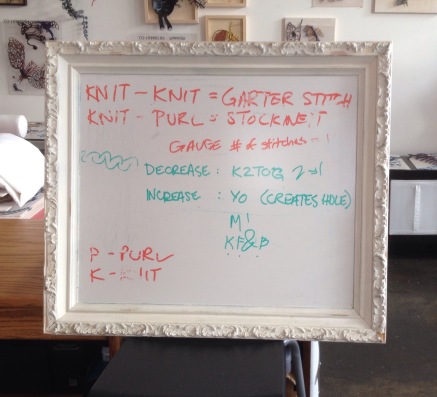

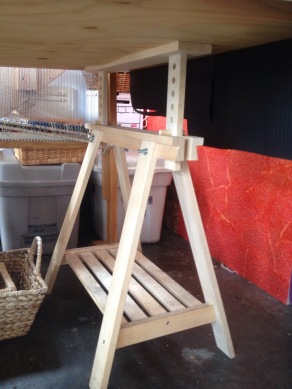
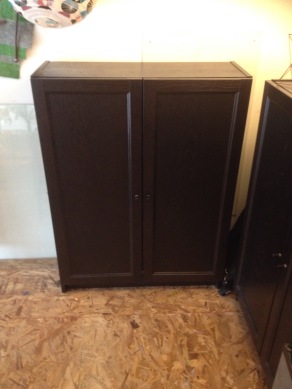
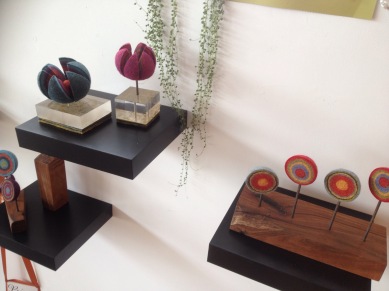
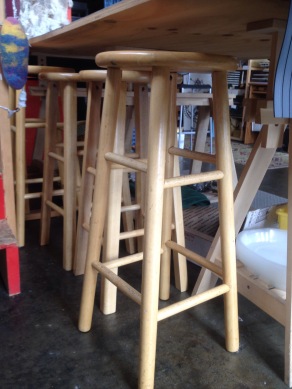

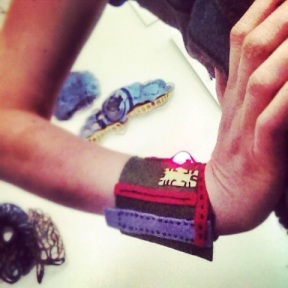



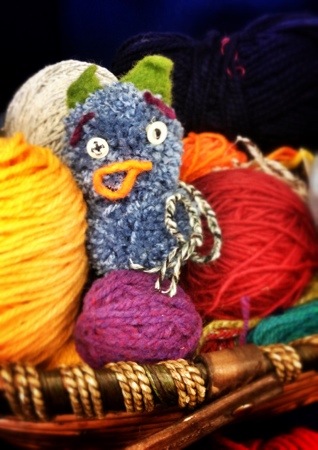
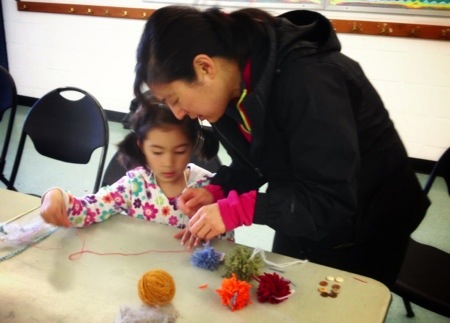

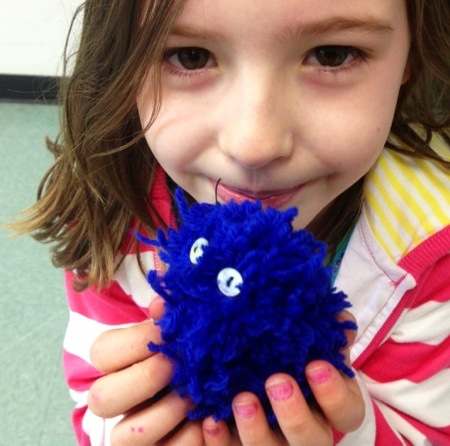
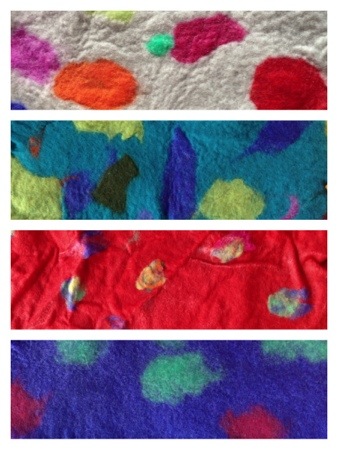
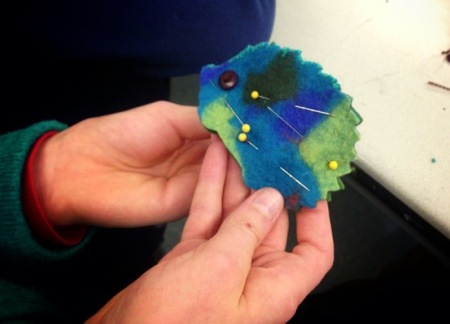
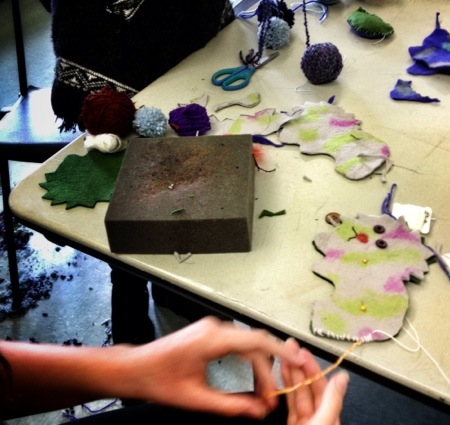
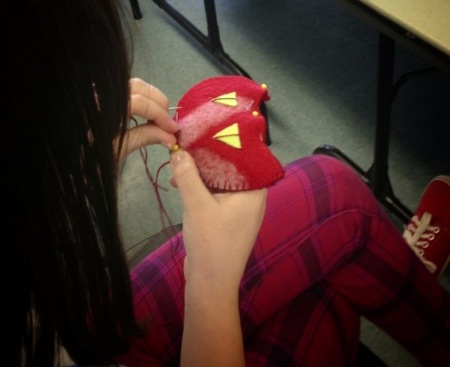


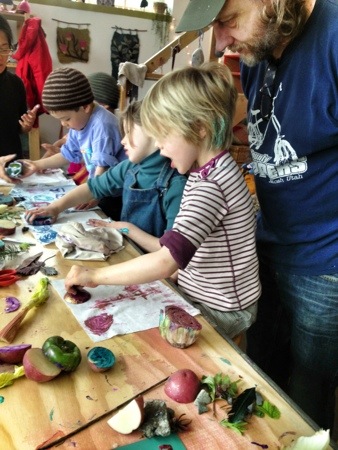
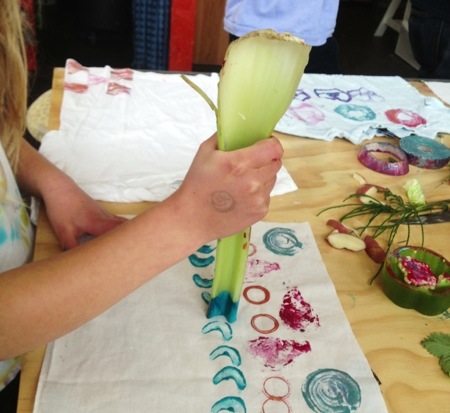
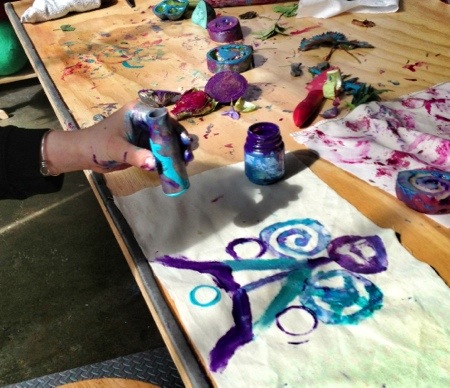
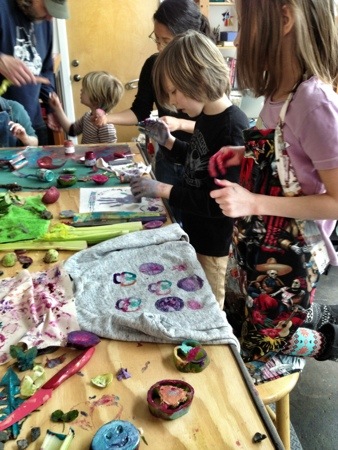

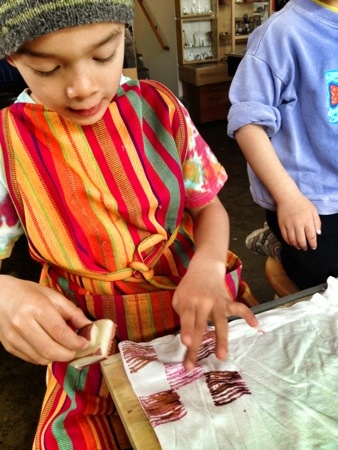
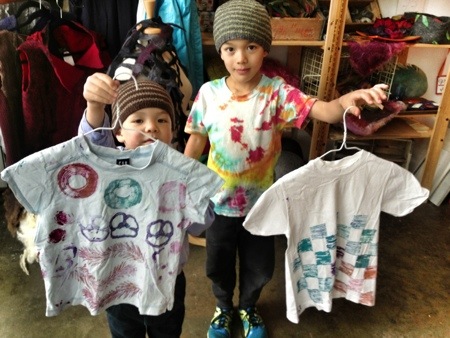
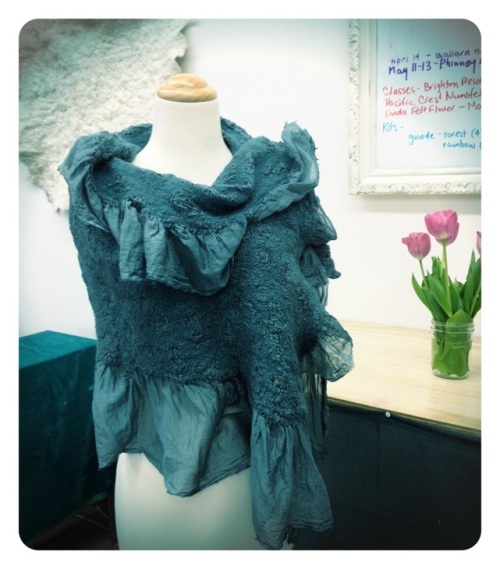
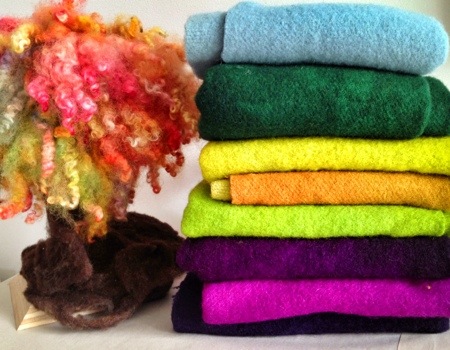

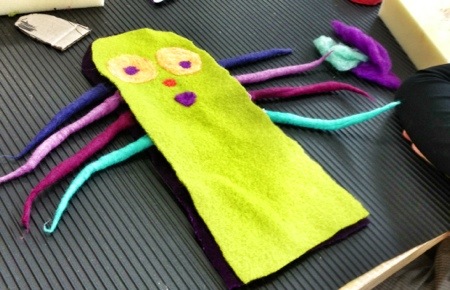
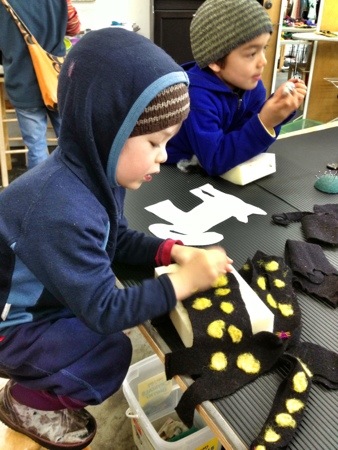
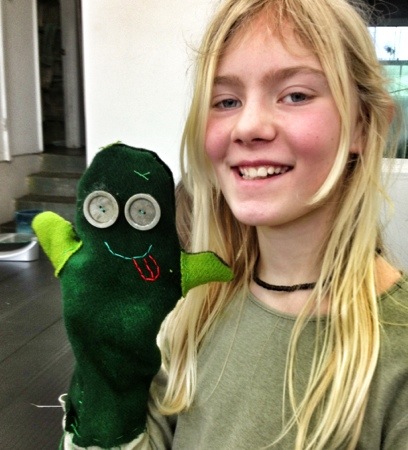
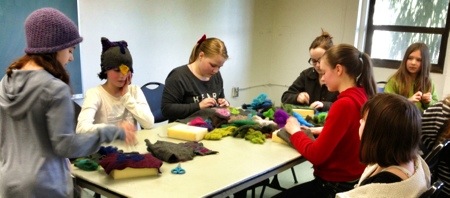

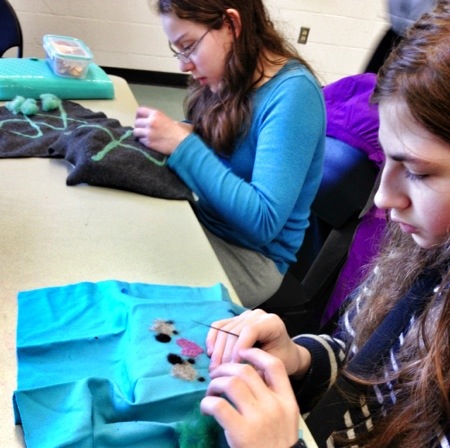
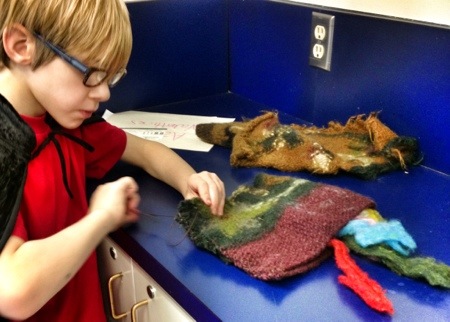

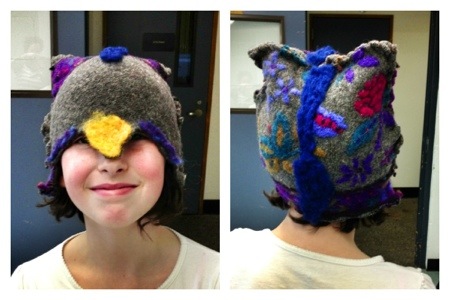


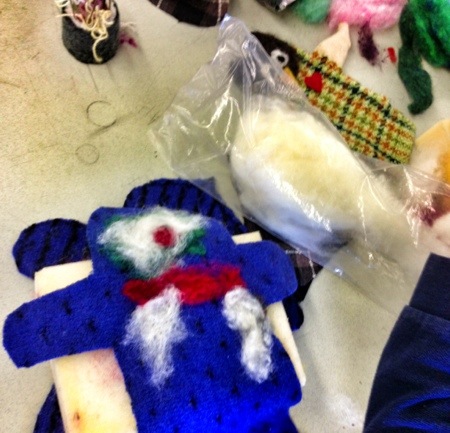

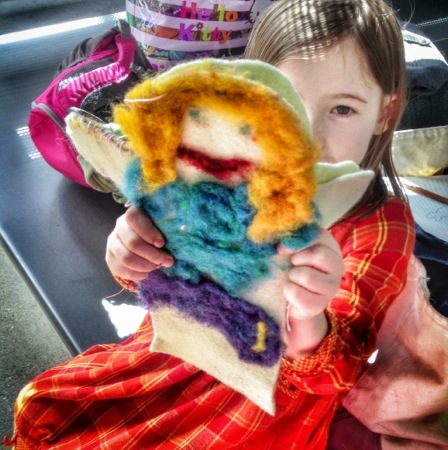

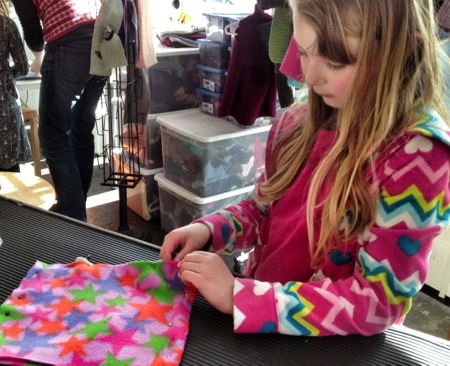
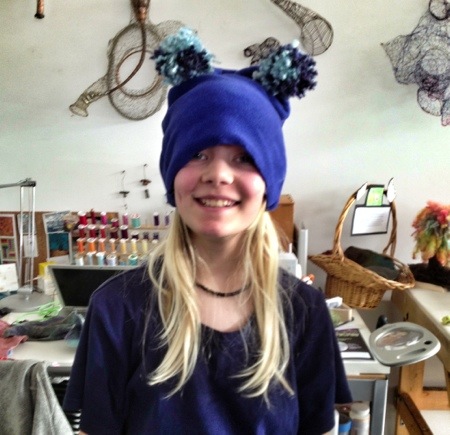
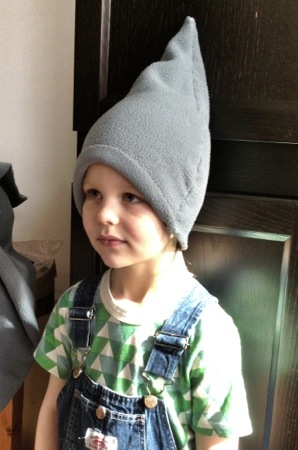
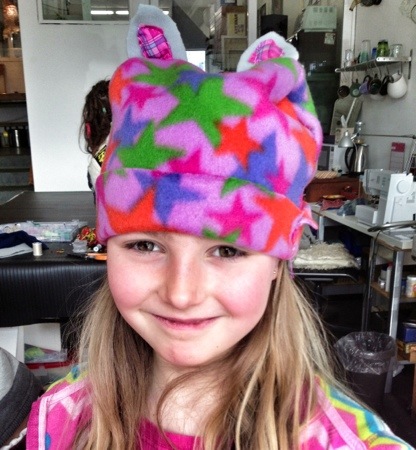
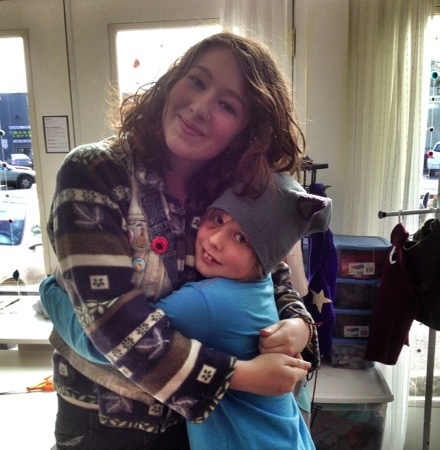






You must be logged in to post a comment.